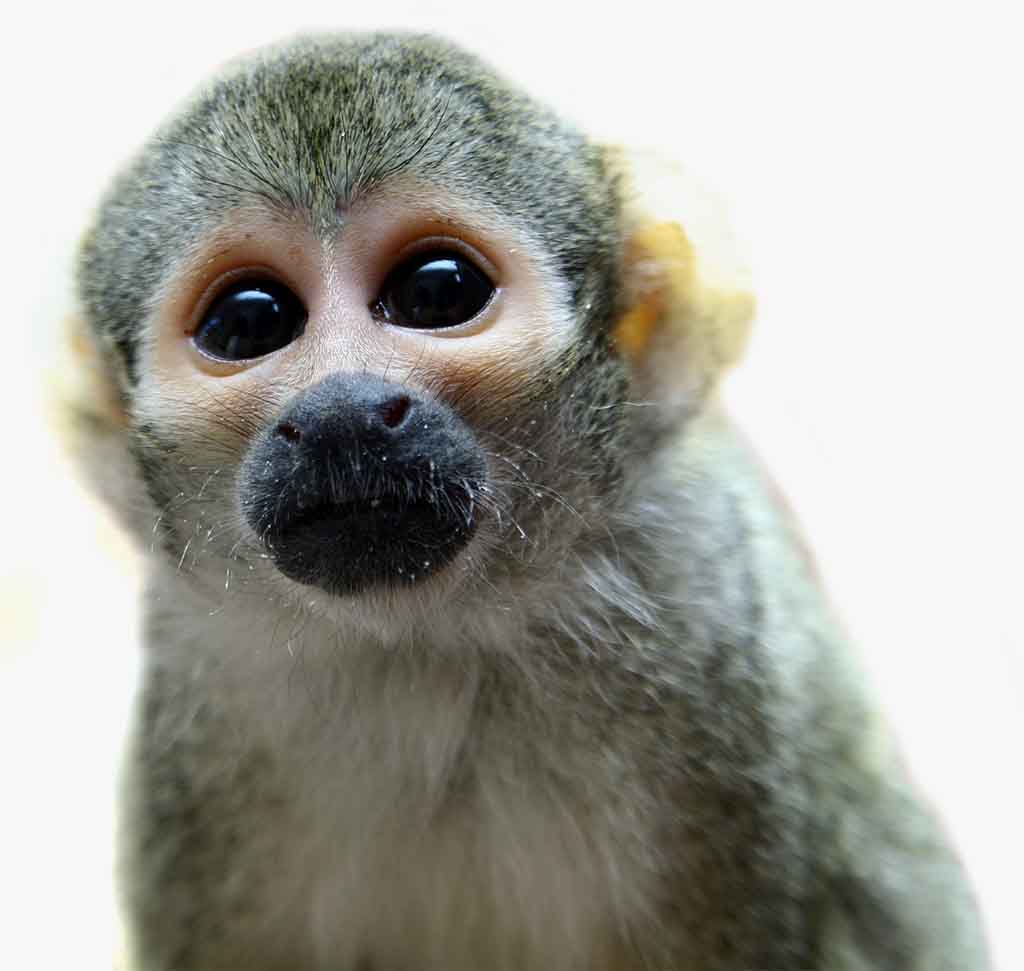Chapman's zebra (Equus quagga chapmani), named after its discoverer James Chapman, is a subspecies of the plains zebra.
They, like their relatives, are native to the savannah of north-east South Africa, north to Zimbabwe, west into Botswana, the Caprivi Strip in Namibia, and southern Angola. Like the other subspecies of plains zebra, it is a herbivore that exists largely on a diet of grasses, and undertakes a migration during the wet season to find fresh sources of food and to avoid lions, which are their primary predator. Chapman's zebras are distinguished from other subspecies by subtle variations in their stripes. When compared to other equids in the region Chapman's zebras are relatively abundant in number, however its population is now in decline largely because of human factors such as poaching and farming. Studies and breeding programs have been undertaken with the hope of arresting this decline, with a focus on ensuring zebras bred in captivity are equipped for life in the wild, and that non-domesticated populations are able to freely migrate. A problem faced by some of these programs is that captive Chapman's zebra populations experience higher incidences of diagnosed diseases that non-domesticated populations due to the fact that they live longer, and so are less likely to die in the wild from predation or a lack of food or water.
The Chapman’s Zebra is native to the savannahs of Namibia, Botswana, Zimbabwe and Mozambique in Africa.
As herbivores (plant eaters), their diet consists of mainly grasses but also sedges, bark, leaves and buds.
30 years in captivity.
Least Concern.
They live in family groups in the wild and these family groups join together to make a larger herd, known as a Dazzle! No zebras stripe patterns are the same as another and are completely unique to each zebra.
